What Norovirus Really Does to Your Body
You wake up feeling sick. Stomach cramps. Vomiting. Diarrhea. It hits fast and hard. If you’ve been through this, you’ve likely dealt with norovirus-the most common cause of stomach flu in the U.S. Every year, it makes 19 to 21 million people sick, according to the CDC. It doesn’t care if you’re young or old, healthy or frail. It just wants to spread.
Norovirus doesn’t just cause discomfort. It can be deadly, especially for older adults, infants, and people with weak immune systems. In nursing homes, a single outbreak can lead to hospitalizations, deaths, and costs between $5,000 and $15,000. The virus is terrifyingly efficient: as few as 18 viral particles can make you sick. One person vomiting can contaminate an entire room. And it doesn’t die easily-it survives on doorknobs, countertops, and even laundry for up to 12 days.
How It Spreads (And Why Hand Sanitizer Isn’t Enough)
Norovirus spreads in three main ways: person-to-person contact, contaminated food, and dirty surfaces. About 62% of outbreaks happen because someone touched an infected person or something they touched. Another 23% come from food-especially ready-to-eat items like salads, sandwiches, or shellfish handled by a sick worker. Water and surfaces make up the rest.
Here’s the catch: alcohol-based hand sanitizers don’t kill norovirus. Not even close. The CDC says soap and water are the only reliable way to clean your hands after using the bathroom, before eating, or after cleaning up vomit. You need to scrub for at least 20 seconds-long enough to sing "Happy Birthday" twice. That’s not a suggestion. It’s a requirement for stopping outbreaks.
And it’s not just hands. The virus lingers on surfaces for days. A single vomit event can spray virus particles up to 10 feet. That’s why cleaning isn’t just about wiping down a toilet. It’s about disinfecting bed rails, light switches, elevator buttons, and even the inside of a refrigerator door. Only EPA-approved disinfectants labeled for norovirus will do the job. Bleach solutions-1,000 to 5,000 parts per million-are the gold standard. That’s 5 to 25 tablespoons of household bleach per gallon of water. No shortcuts.
Controlling Outbreaks in Hospitals and Nursing Homes
In healthcare settings, outbreaks can spiral fast. The CDC recommends isolating sick patients in single rooms immediately. If that’s not possible, group them together in one area and keep them away from healthy people. No more group meals. No more activities. Cancel everything until 48 hours after the last person’s symptoms stop.
Staff need to wear gloves and gowns when caring for sick patients. And they need to change them between every patient. One nurse caring for five vomiting patients without switching gear? That’s how a small outbreak becomes a full-blown crisis.
Food workers are a major risk. If someone is sick, they can’t work-not for 48 hours, and not even then in places like hospitals or nursing homes. The rule is 72 hours after symptoms end. That’s because people can still shed the virus for days after they feel better. And yes, that includes asymptomatic carriers. Research shows 30% of infected people don’t get sick but still spread the virus. That’s why you can’t rely on symptoms alone to keep people out of the kitchen or care unit.
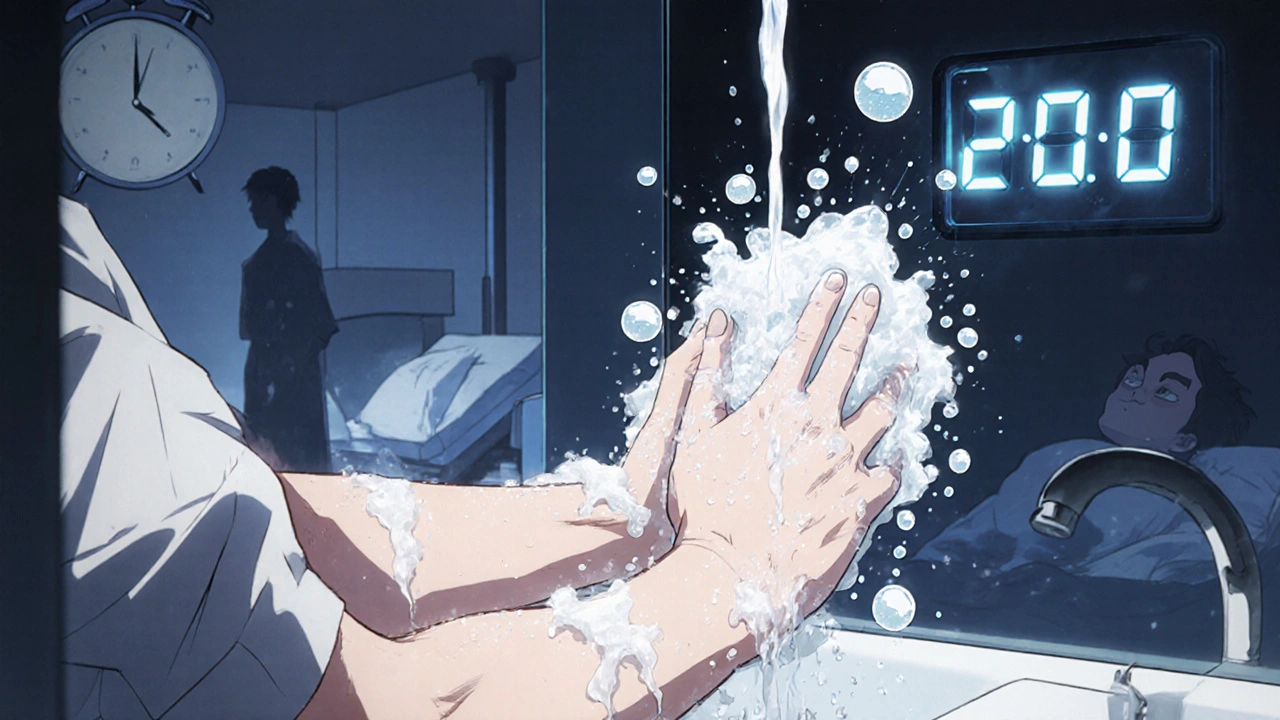
Hydration: The Most Important Treatment
There’s no cure for norovirus. No antiviral pill. No magic shot. The only thing that saves lives is keeping people hydrated.
Vomiting and diarrhea pull water and electrolytes out of your body fast. In kids, the elderly, and those with chronic illnesses, dehydration can turn deadly within hours. The CDC’s first-line treatment is oral rehydration solution (ORS)-a mix of water, salt, sugar, and potassium. You can buy it at any pharmacy. It’s not fancy, but it works. For adults, sip small amounts often. For kids, give 50 to 100 milliliters after each episode of vomiting or diarrhea.
If someone can’t keep fluids down, or they’re dizzy, have dry skin, or haven’t peed in 8 hours, they need IV fluids. Hospitals use normal saline or lactated Ringer’s. A typical dose is 20 mL per kilogram of body weight, given over 15 to 30 minutes. That’s about 1.5 liters for a 150-pound adult. It’s fast, effective, and often life-saving.
In nursing homes, staff check residents every 4 to 6 hours for signs of dehydration: sunken eyes, low urine output, confusion, or weakness. These are red flags. Waiting for someone to collapse is not an option.
What You Can Do at Home
If someone in your house gets sick, don’t panic-but don’t ignore it either. Isolate the person to one room if you can. Use a separate bathroom if possible. Wash clothes and bedding in hot water and dry on high heat. Clean every surface they touched with bleach solution.
Don’t share towels, cups, or utensils. Wash your hands after every bathroom visit, after changing diapers, and before touching food. Even if you feel fine, you might be carrying the virus. Keep washing your hands for at least 48 hours after the last person recovers.
For kids, keep offering small sips of ORS. For adults, water, broth, and electrolyte drinks help. Avoid sugary drinks like soda or juice-they can make diarrhea worse. Stick to plain fluids. Rest is key. Most people feel better in 1 to 3 days. But the virus can still be in their poop for weeks. So keep cleaning.
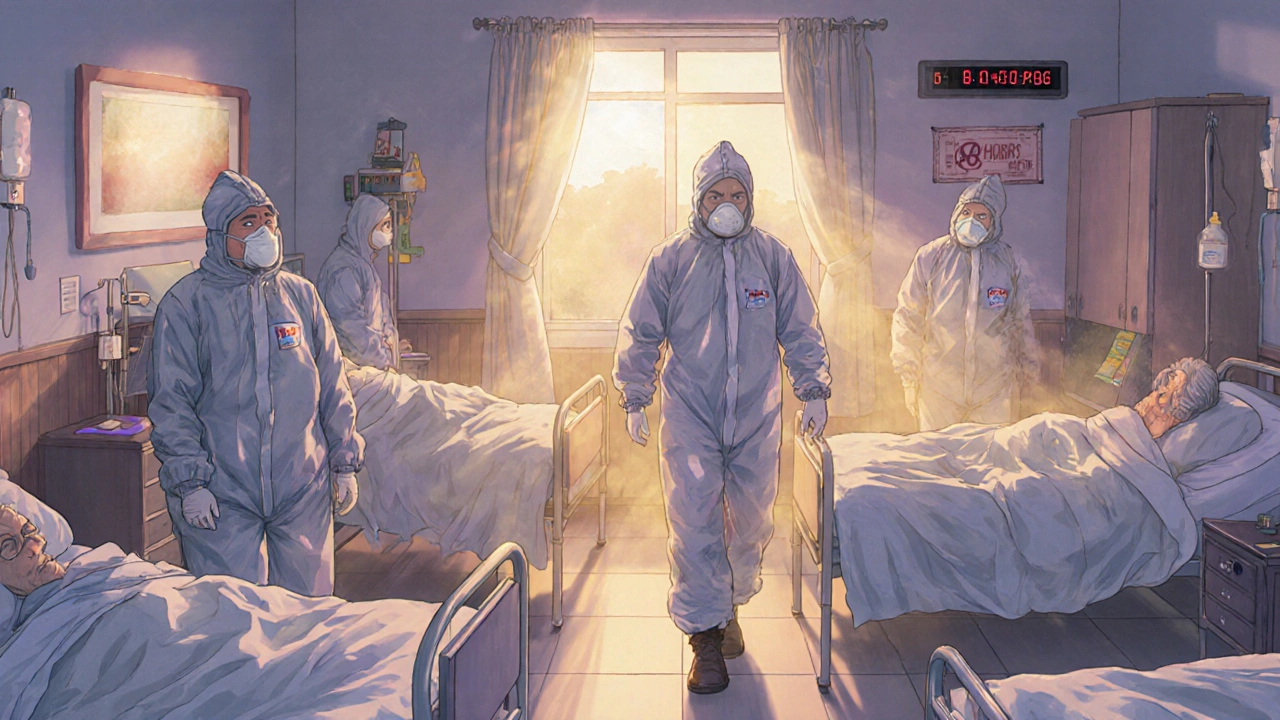
The Bigger Picture: Why This Matters
Norovirus isn’t just a nuisance. It’s a public health emergency. In 2023, the CDC updated its guidelines to reflect new science: asymptomatic spread, prolonged shedding, and the limits of current disinfectants. Researchers are working on a vaccine-Takeda’s candidate showed 46.7% effectiveness in trials, with possible approval by 2025. But until then, the tools we have are simple: soap, water, bleach, and isolation.
What’s changing is how seriously we take it. Hospitals are installing handwashing stations outside outbreak zones. Some are using hydrogen peroxide vapor systems to disinfect entire rooms after an outbreak-99.9% effective. Real-time reporting systems now cut investigation time from 72 hours to 24, so control measures start faster.
The bottom line? You can’t outsmart norovirus with wishful thinking. You can only stop it with discipline. Clean hands. Clean surfaces. Hydrate fast. And never assume someone is safe just because they look fine.
What Happens If You Ignore the Rules
One nursing home in Wisconsin ignored the 48-hour isolation rule. A staff member returned to work 24 hours after vomiting stopped. Within 72 hours, 32 residents got sick. Two died. The facility paid over $120,000 in fines and lost its license.
In a school cafeteria, a food worker came in while still sick. Three days later, 87 students and 12 staff members got sick. The school shut down for two weeks. The cost? $180,000 in lost revenue and cleaning.
These aren’t rare cases. They’re textbook outcomes of skipping basic steps. Norovirus doesn’t need a fancy strategy to spread. It just needs one person to be careless.

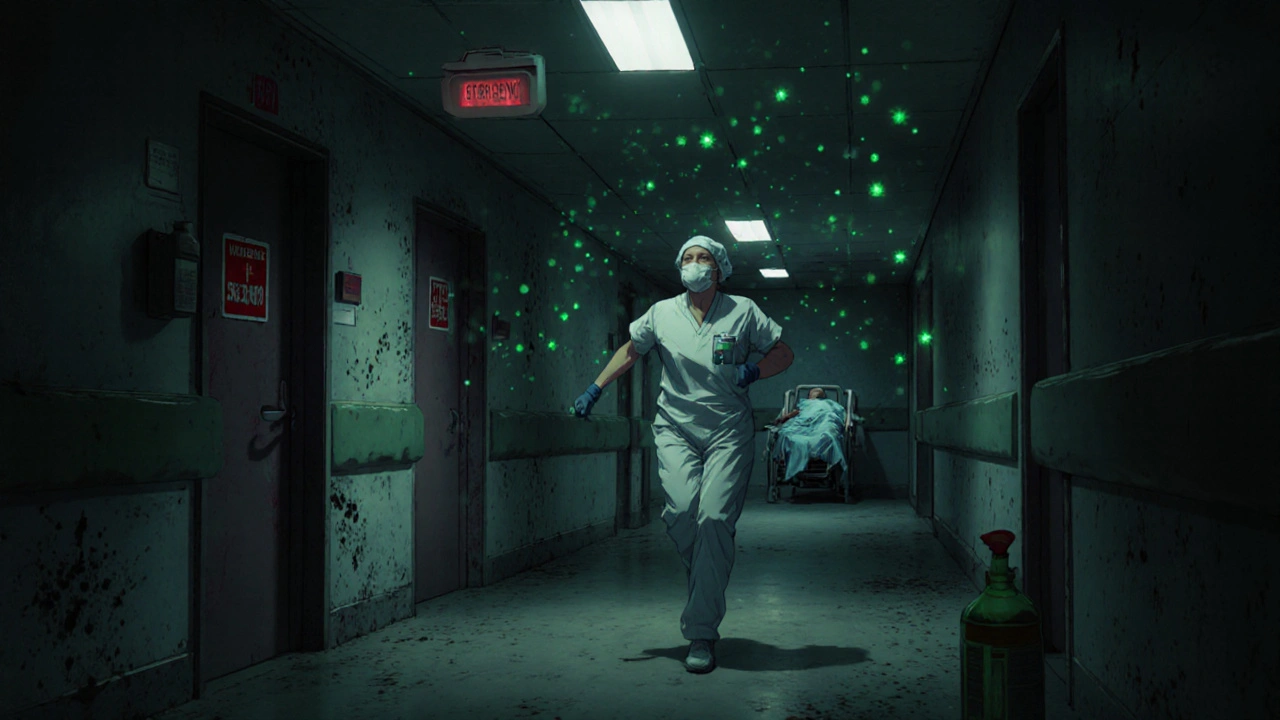

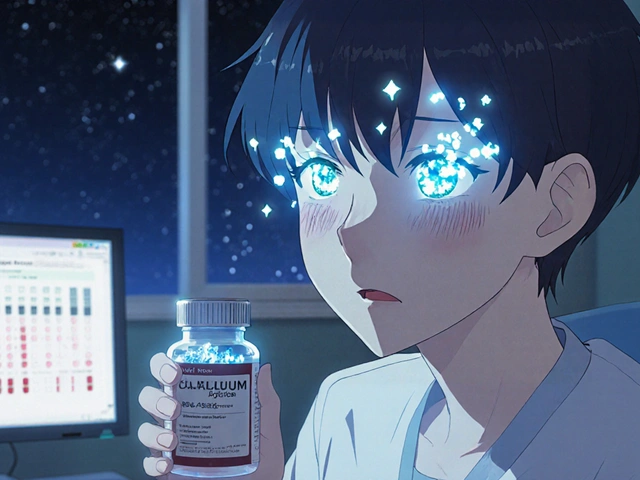





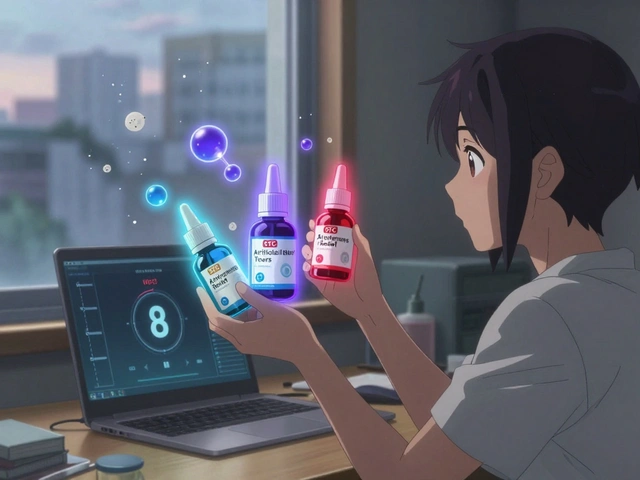

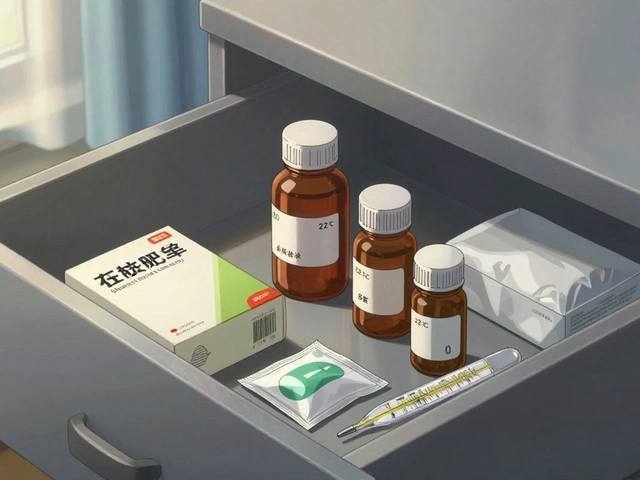
Corra Hathaway
November 20, 2025 AT 16:01 PMI can't believe people still think hand sanitizer is enough 😒 I've seen so many nurses skip the soap and just spray alcohol... then wonder why outbreaks keep happening. Wash your hands like your grandma taught you, people. 🙄
Clifford Temple
November 21, 2025 AT 06:34 AMThis is why America needs to stop letting foreigners work in food service. I've seen it myself - some guy from India or Nigeria comes in with diarrhea, works the grill, and next thing you know, half the town's puking. We need border checks for sick workers, not just handwashing.
Paula Jane Butterfield
November 22, 2025 AT 17:57 PMJust wanted to say thank you for this post - I'm a nursing assistant and we've been using the bleach solution (15 tbsp per gallon) since last winter and it's made a HUGE difference. Also, the 72-hour rule for food workers? We started enforcing it and our outbreak rate dropped by 70%. It's not glamorous but it works. 🙏
PS: I typoed 'disinfectant' as 'disinfectent' in our training docs last week and nobody noticed until a patient asked if we meant 'disinfectant'... oops.
Simone Wood
November 23, 2025 AT 17:28 PMThe CDC guidelines are a farce. They don't mention that norovirus is weaponized in some labs as a bioterror agent - and that the real reason they downplay it is because pharmaceutical companies don't profit from bleach and soap. The vaccine? A distraction. Hydrogen peroxide vapor systems? That's corporate propaganda. They want you to think it's expensive tech, not simple hygiene, that saves lives.
Kartik Singhal
November 25, 2025 AT 07:25 AMLmao this is so basic. I'm from India and we've known for decades that handwashing is the only thing that works. Why does America need a 2000-word article to tell people to wash their hands? Also, ORS? We've been giving it to kids since the 70s. This is just common sense dressed up as science.
Chris Vere
November 26, 2025 AT 02:53 AMThe real tragedy here is not the virus but the lack of systemic support for frontline workers. Nurses are expected to scrub for 20 seconds between patients while being understaffed and underpaid. No amount of bleach fixes a broken system. We need better pay, better PPE, and better mental health resources - not just more handwashing posters.
Anne Nylander
November 26, 2025 AT 21:19 PMOMG YES. My grandma got norovirus last year and we almost lost her. We started giving her ORS every 30 mins after she threw up and she bounced back in 2 days. Don't wait for doctors - just buy the packets at CVS. They're like $4. You can save a life with $4. 💪
Julia Strothers
November 26, 2025 AT 22:24 PMThey're lying about the 18-virus-particle threshold. I read a leaked memo from the WHO - it's actually 3. But they inflated the number so people would panic less and not demand lockdowns. Also, the 12-day survival time? That's only if you're using cheap bleach. The real truth is they're hiding the fact that 5G towers make the virus more resilient. Check the map - every outbreak cluster lines up with cell towers. Coincidence? I think not.
Michael Marrale
November 27, 2025 AT 11:49 AMWait so you're telling me if I wash my hands after using the bathroom, I won't get sick? That sounds too good to be true 😅 I always thought it was just bad luck or karma. Maybe I should try this soap thing... I've been using Purell since 2018. 🤔
David vaughan
November 27, 2025 AT 19:48 PMI appreciate the detailed breakdown. However, I must note that the CDC's recommendation for bleach concentration (1,000–5,000 ppm) is not universally applicable; in fact, in homes with septic systems, higher concentrations may cause long-term damage to bacterial colonies essential for waste breakdown. Additionally, while ORS is effective, the sugar-to-salt ratio in commercial products often exceeds WHO guidelines (75 mmol/L sodium vs. recommended 60 mmol/L), which may exacerbate osmotic diarrhea in sensitive individuals. I recommend verifying product labels and, if possible, preparing homemade ORS using precise measurements: 1 liter water, 6 tsp sugar, 1/2 tsp salt.